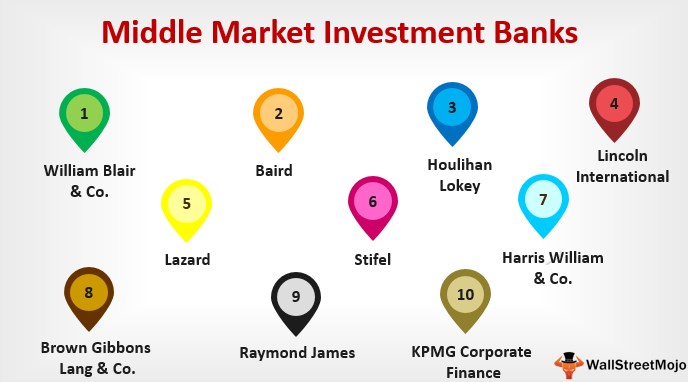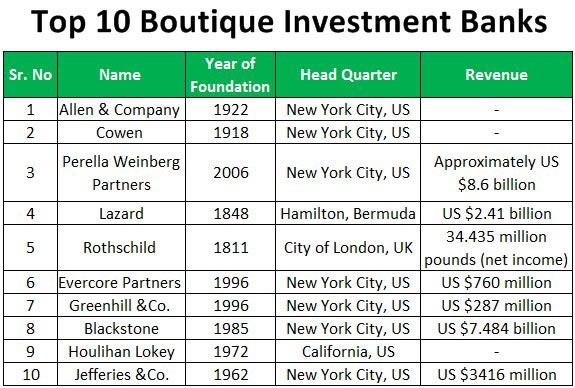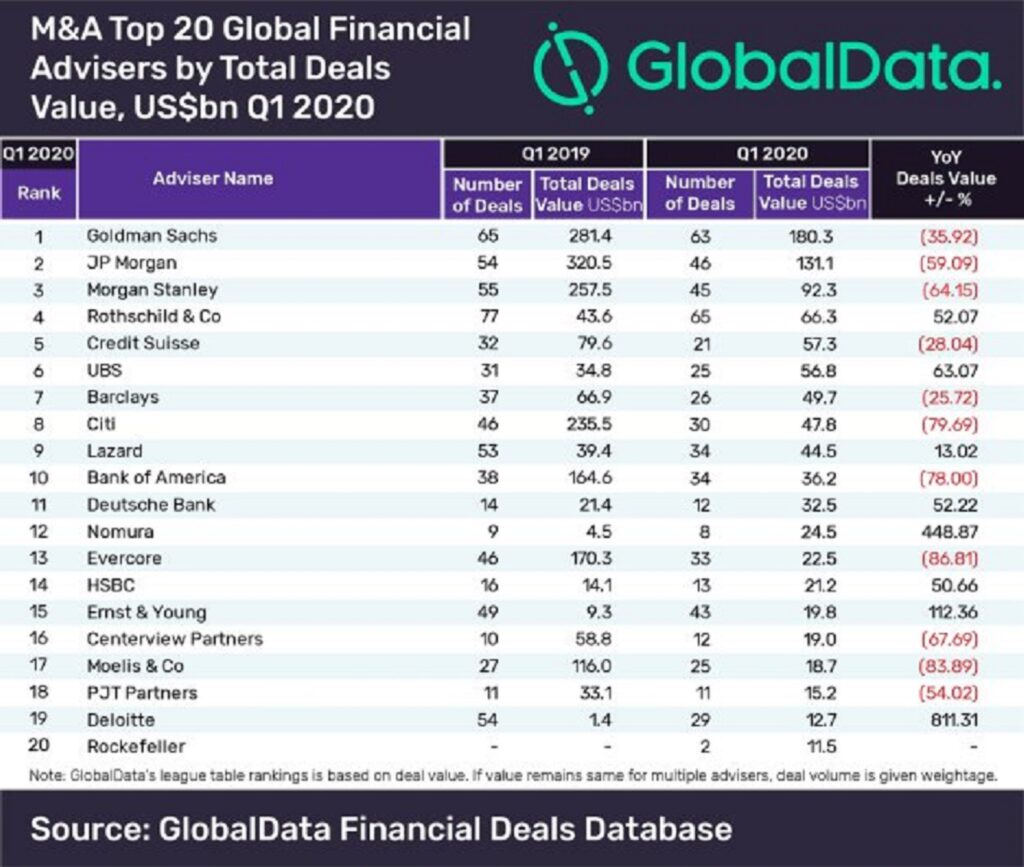
El coworking empezó a crecer en España coincidiendo con la crisis financiera de 2008 y se ha convertido en una opción para cualquier modelo de negocio, ya sea startups, pymes, autónomos o incluso multinacionales.
De hecho, en 2019 había casi 19.000 espacios flexibles compartidos en el mundo, aproximadamente 1.500 de ellos en territorio nacional. Este número crece cada día y se espera que llegue a 26.000 en 2025 en todo el planeta, según datos de Estadista.
Pero… ¿cómo serán los coworkings del futuro? Tal y como explican desde la startup de espacios de trabajo flexibles Aticco Workspaces, la pandemia ha favorecido que los coworkings reformulen sus patrones.
Primero, potenciando una mayor flexibilidad para las empresas, ya que los coworkings se van adaptando a las necesidades empresariales de hoy en día. De este modo, las compañías -sin importar el tamaño- pueden escoger entre los distintos planes que se le ofrecen con el objetivo de amoldarse a cada una y personalizar su servicio.
En ese sentido, poco a poco hay mayor libertad contractual, alejándose de las fianzas desorbitadas en los contratos que pueda suponer un frena al crecimiento económico y abriendo las puertas a una cancelación sencilla y beneficiosa para las dos partes si la situación laboral empeora.
Esto va creando un ‘efecto llamada’ y promueve una mayor fidelización entre los clientes, que apuestan por mantener sus puestos fijos en estos productivos entornos y terminan customizando sus mesas de trabajo para sentirse más cómodos a la hora de trabajar.
Al mismo tiempo, los espacios flexibles facilitan cada vez más la autonomía en la gestión laboral. Esto, al mismo tiempo, potencia la conciliación, ayudando a crear un mayor vínculo e identificación entre el empleado y la marca, que desemboca en una mayor apuesta por la retención del talento. Asimismo, algunas firmas como Aticco ofrecen servicios de RRHH, facilitando la gestión del día a día de las compañías y ayudando a que la plantilla esté cohesionada y motivada.
Además, han adaptado su oferta semanal de actividades para asegurar eventos y encuentros seguros, que potencien las sinergias entre los coworkers.
Por último, la higienización es una tendencia que ha llegado para quedarse. El Covid-19 ha puesto en evidencia la necesidad de garantizar la seguridad y salud de la población en general y la de los trabajadores en particular, por lo que los gestores de los espacios se encargarán de seguir implementando protocolos sanitarios y garantizar su cumplimiento.
Según el CEO de Aticco, Gabriel Espín, “el coworking es un modelo de negocio que ha llegado para quedarse y que está en continuo crecimiento. Es por ello que ya no es solo opción para freelances o autónomos como se creía en sus orígenes, sino que puede acoger y dar soporte por igual a cualquier tipo de empresa, incluido las multinacionales”.
Artículo de RRHH Digital.











